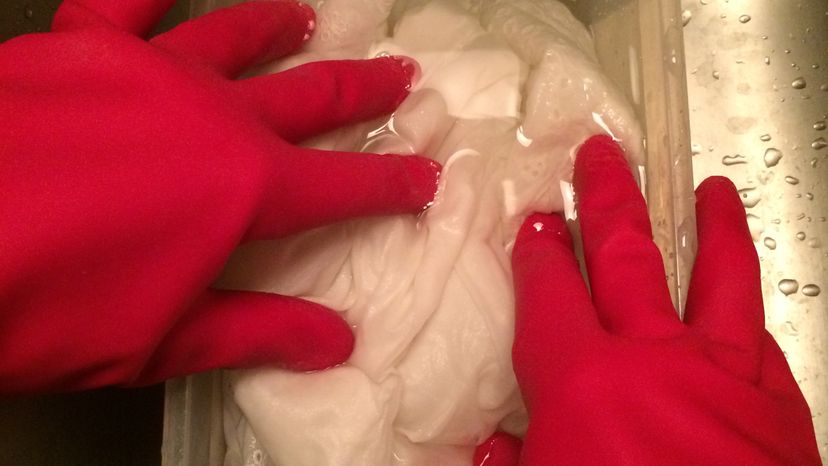Bleach is a chemical compound, primarily containing water-diluted sodium hypochlorite. Like other household cleaners, bleach is a powerful disinfectant and stain remover. It is a versatile product that you can use throughout your household, like in your laundry room, bathroom and kitchen.
While cleaning surfaces, it's important to be careful with handling bleach; improper use or mixing with certain chemicals can make bleach toxic.
The chlorine in bleach is the same as the chlorine in drinking water and in a swimming pool. In fact, you can use chlorine bleach to treat a swimming pool or to treat drinking water. A gallon of regular bleach provides 1 part per million (PPM) of chlorine to 60,000 gallons (about 250,000 liters) of water.
Typically, a pool is treated at a rate of 3 PPM, and drinking water is treated at anywhere from 0.2 PPM to 3 PPM depending on the level of contamination and the contact time.
